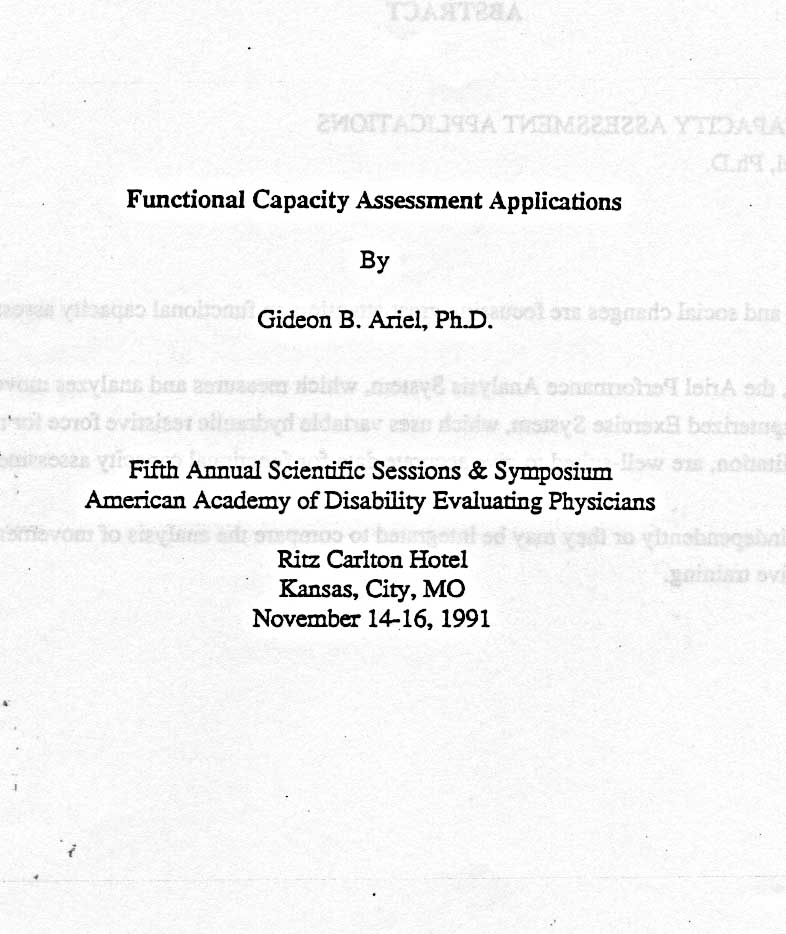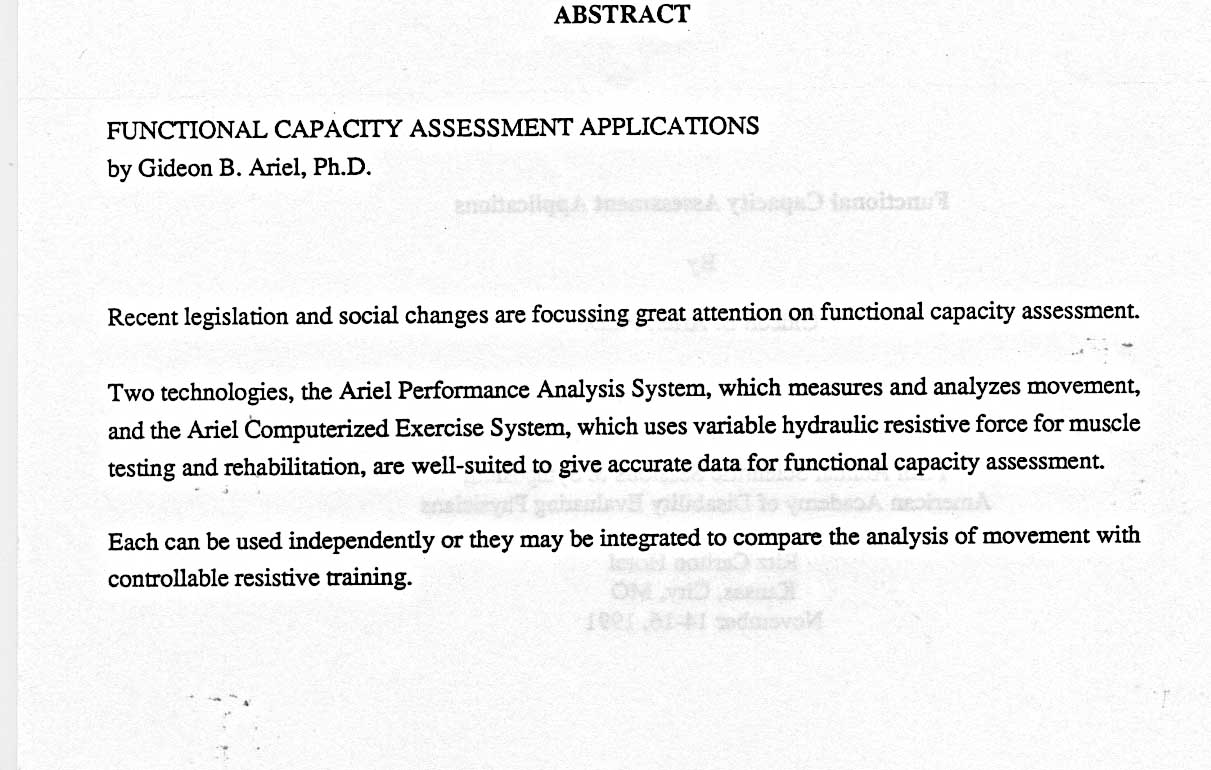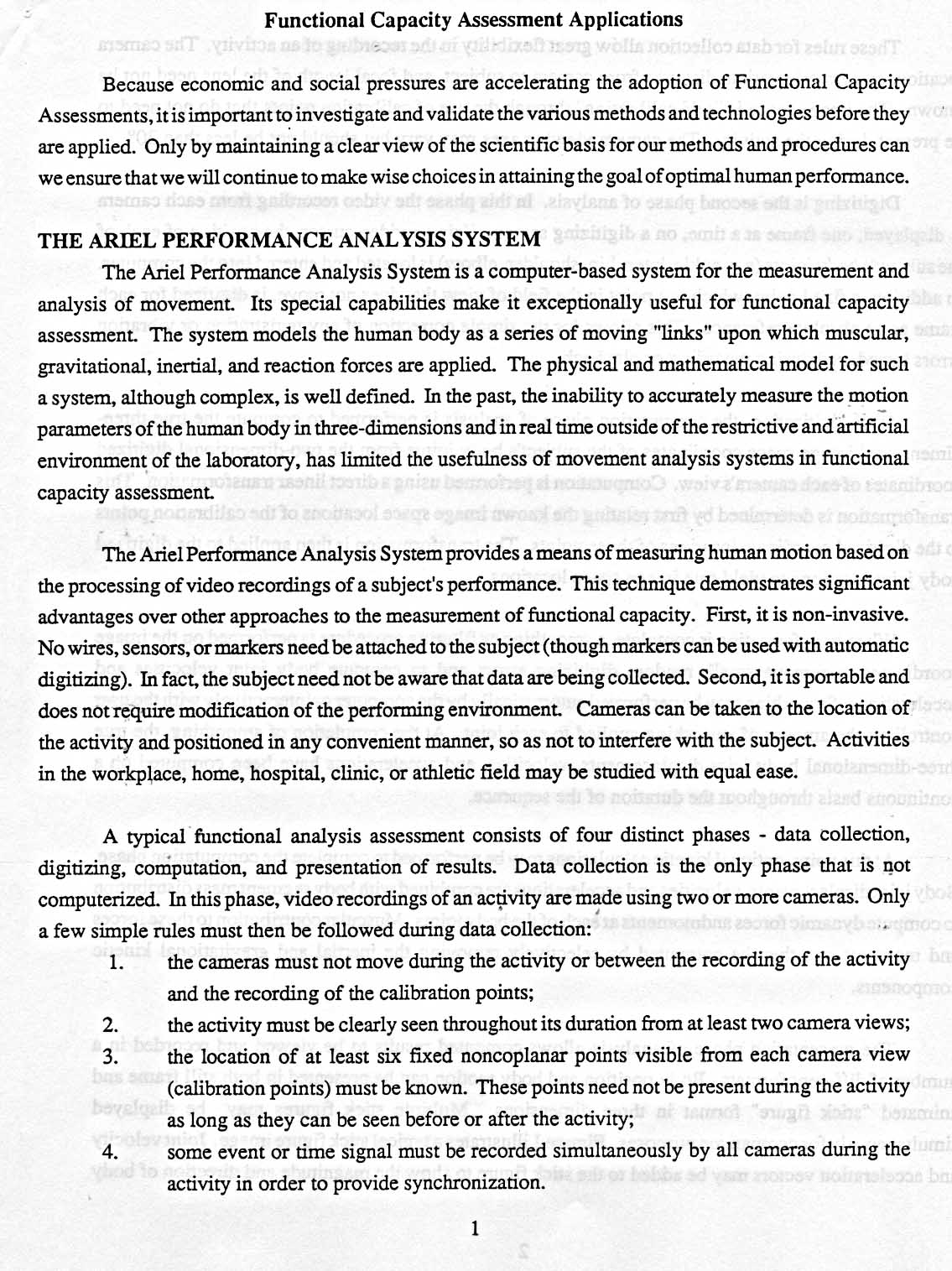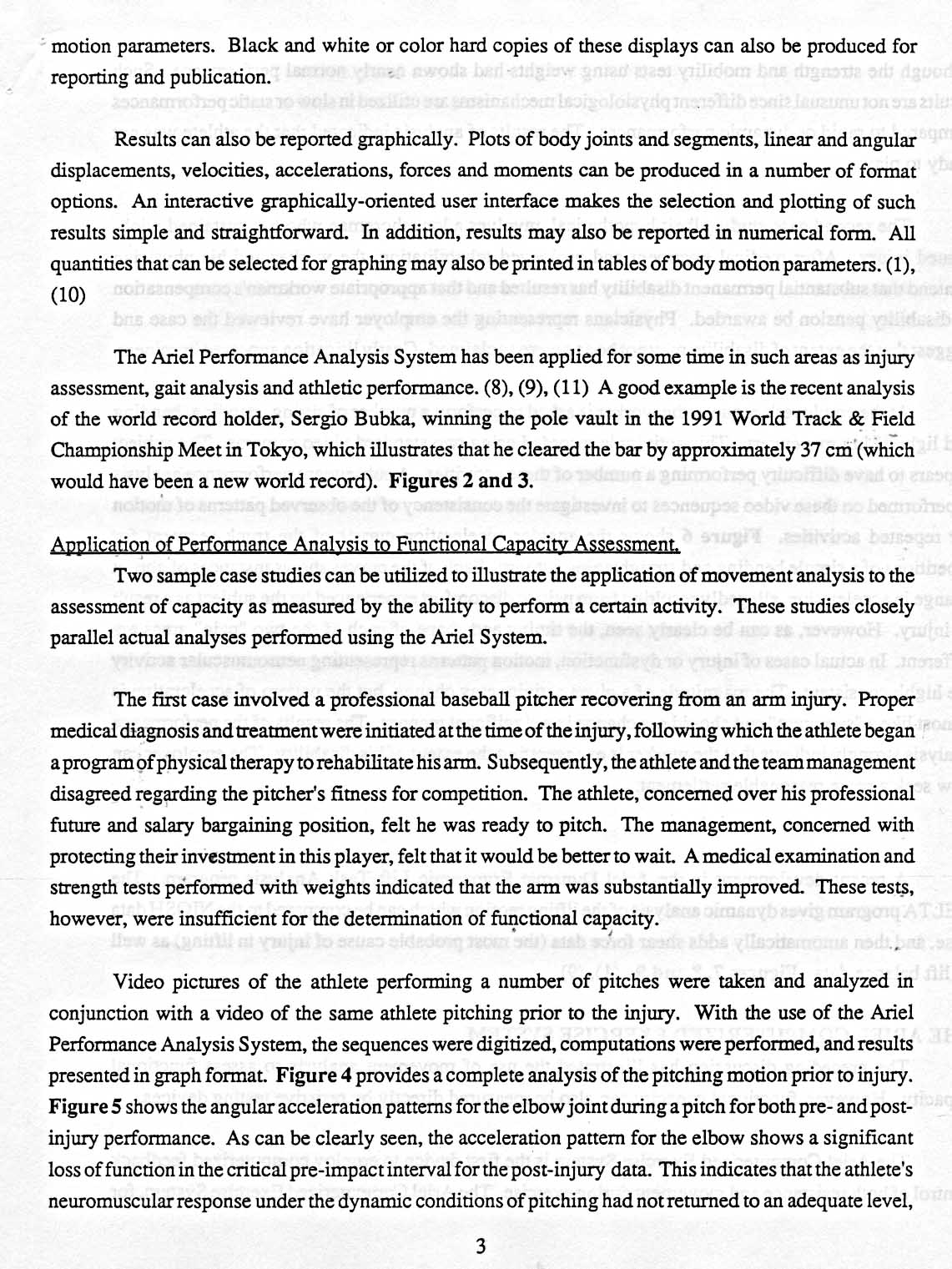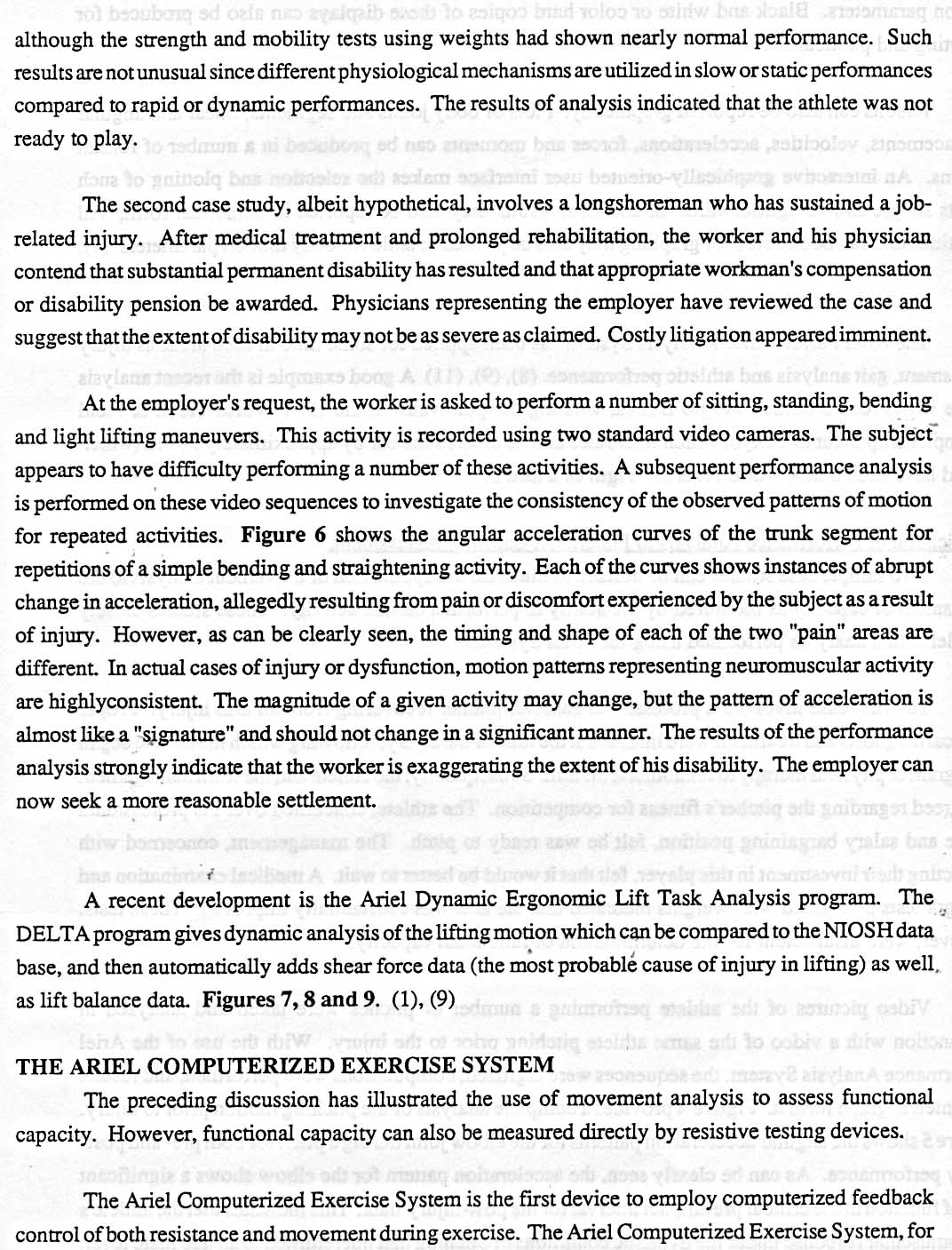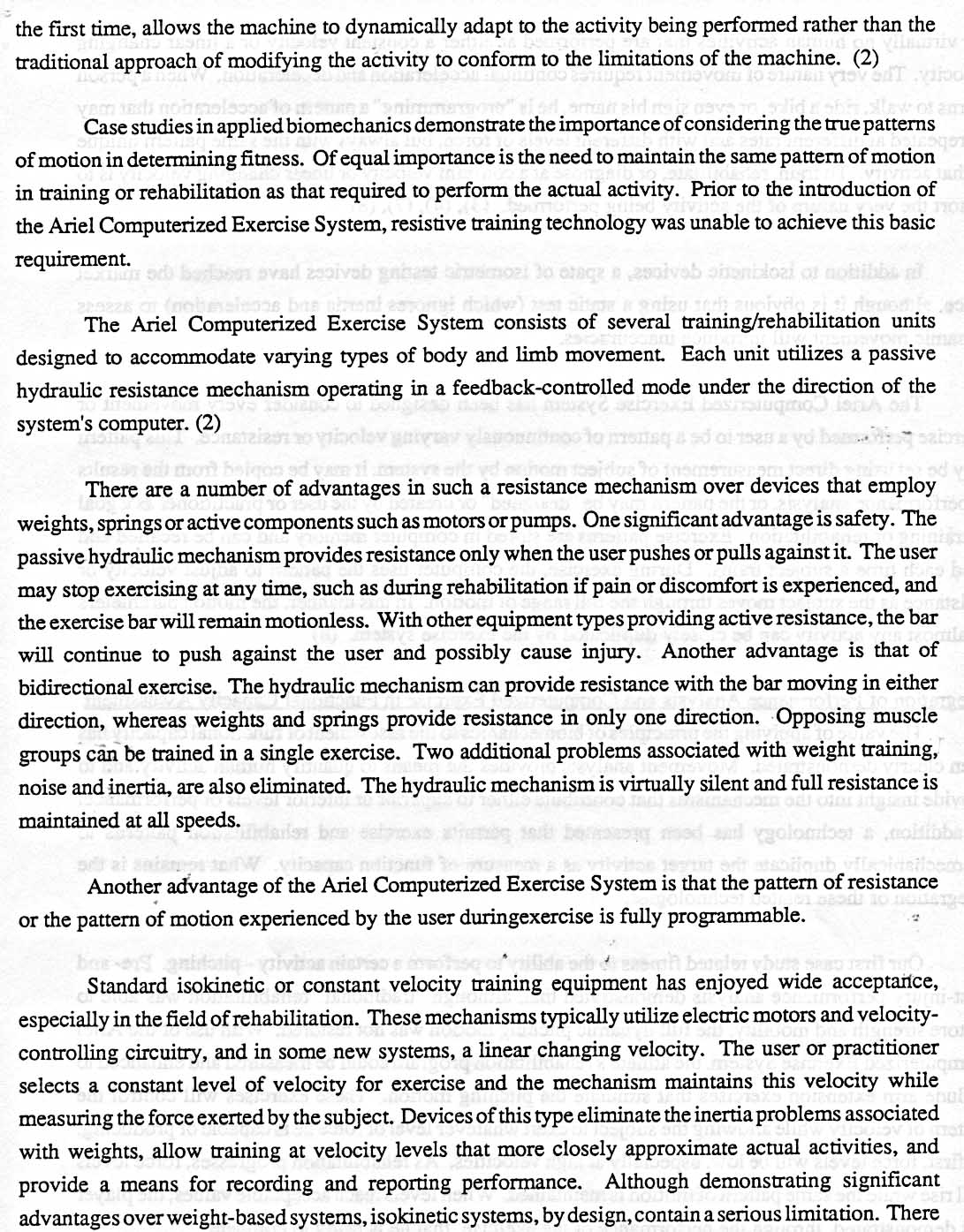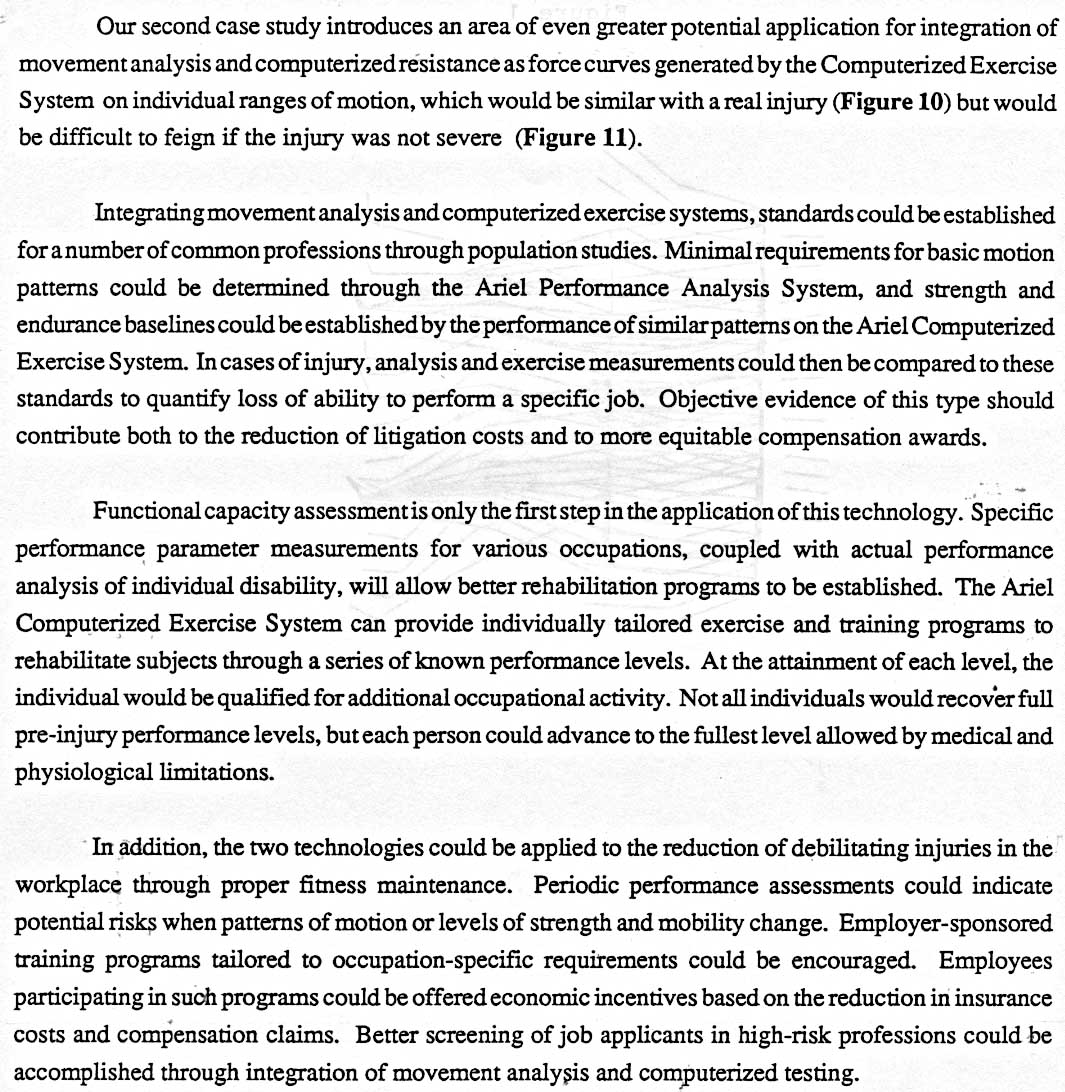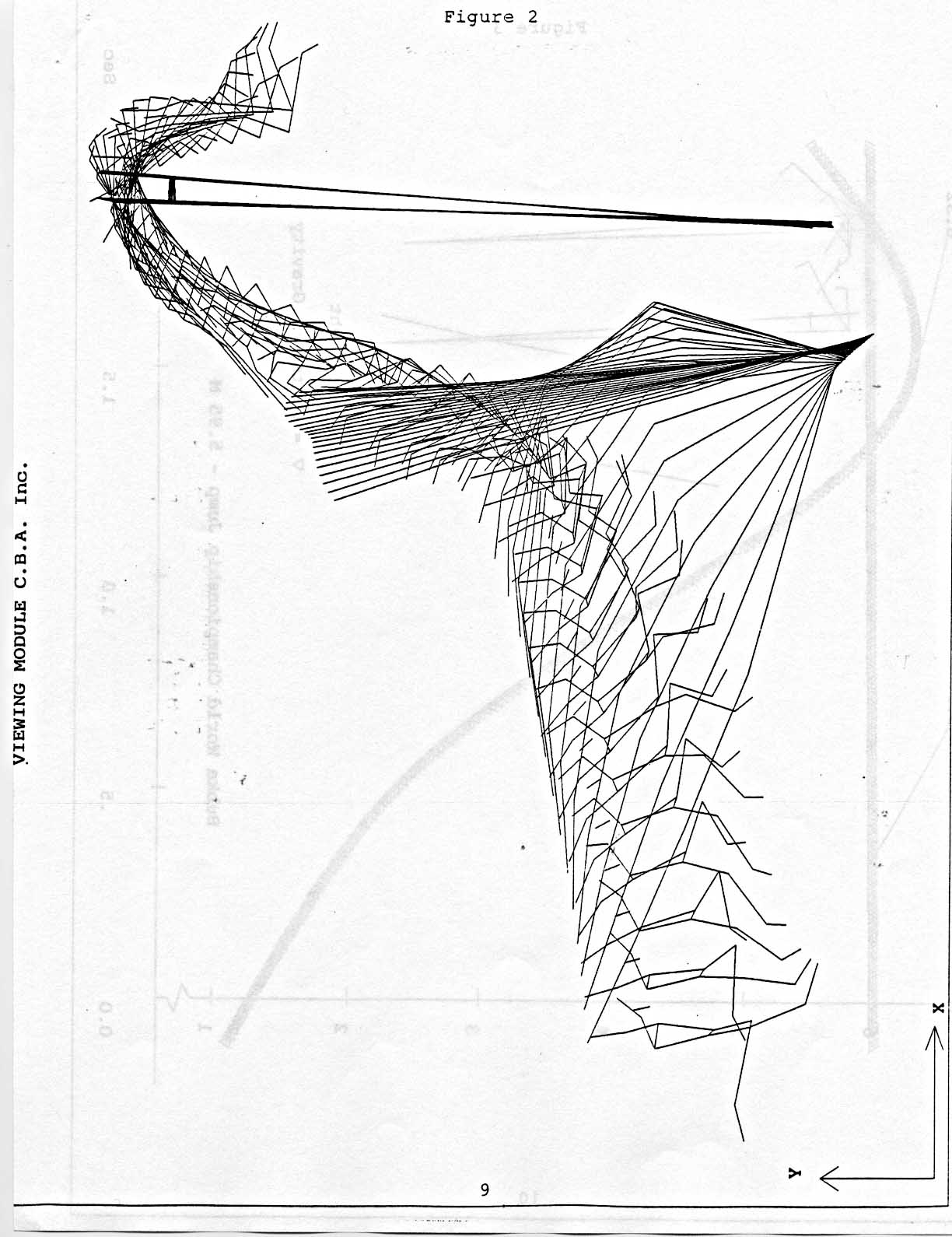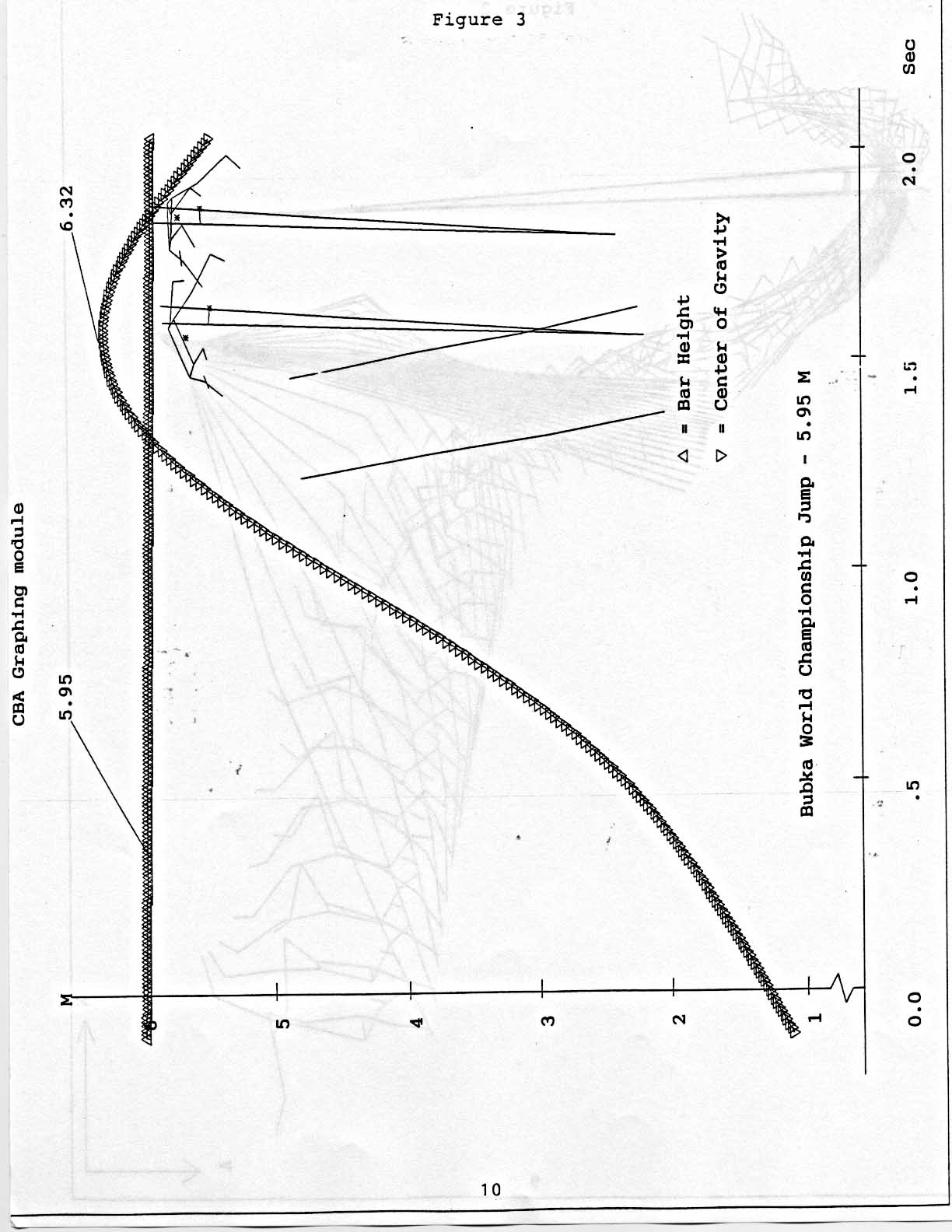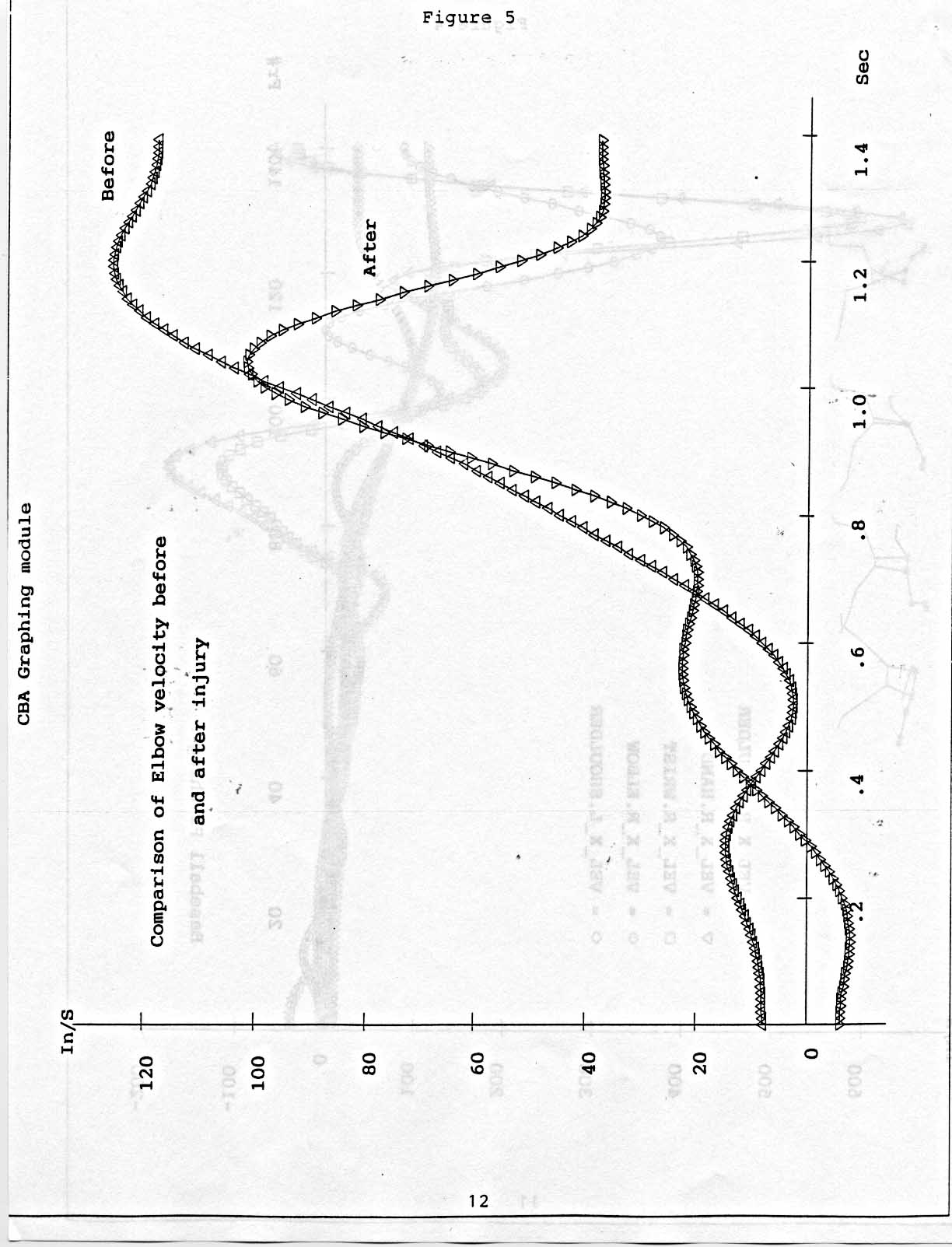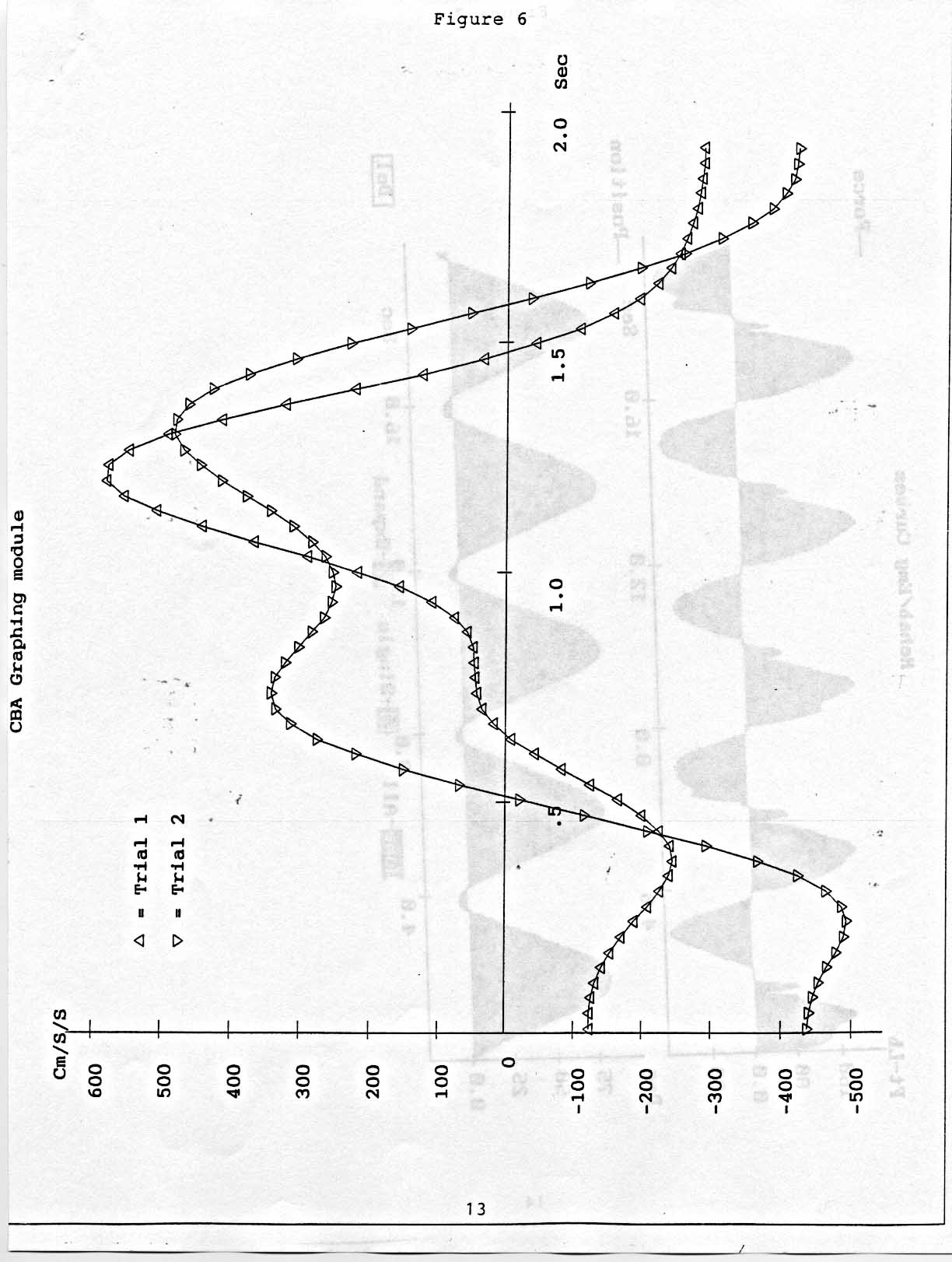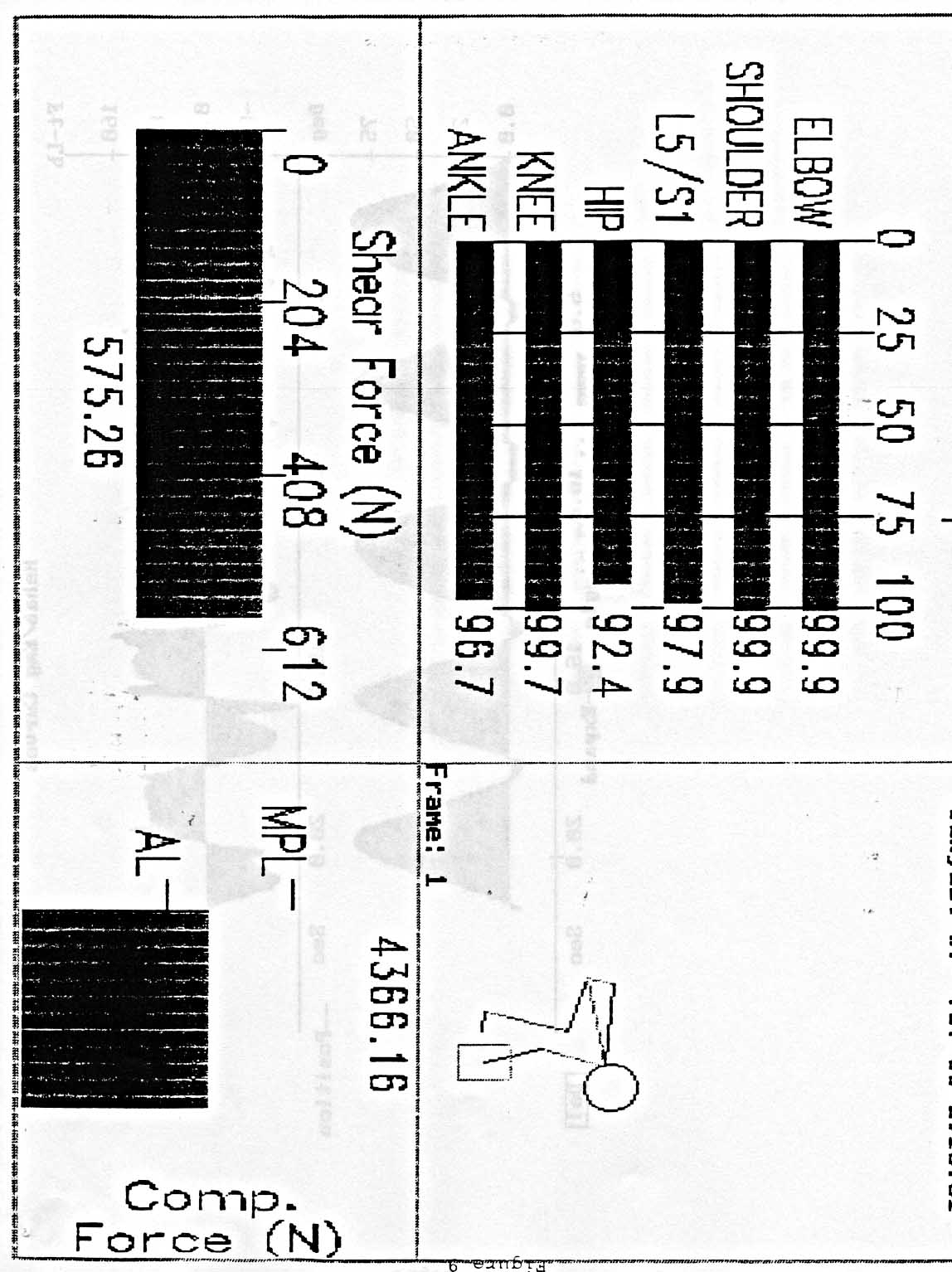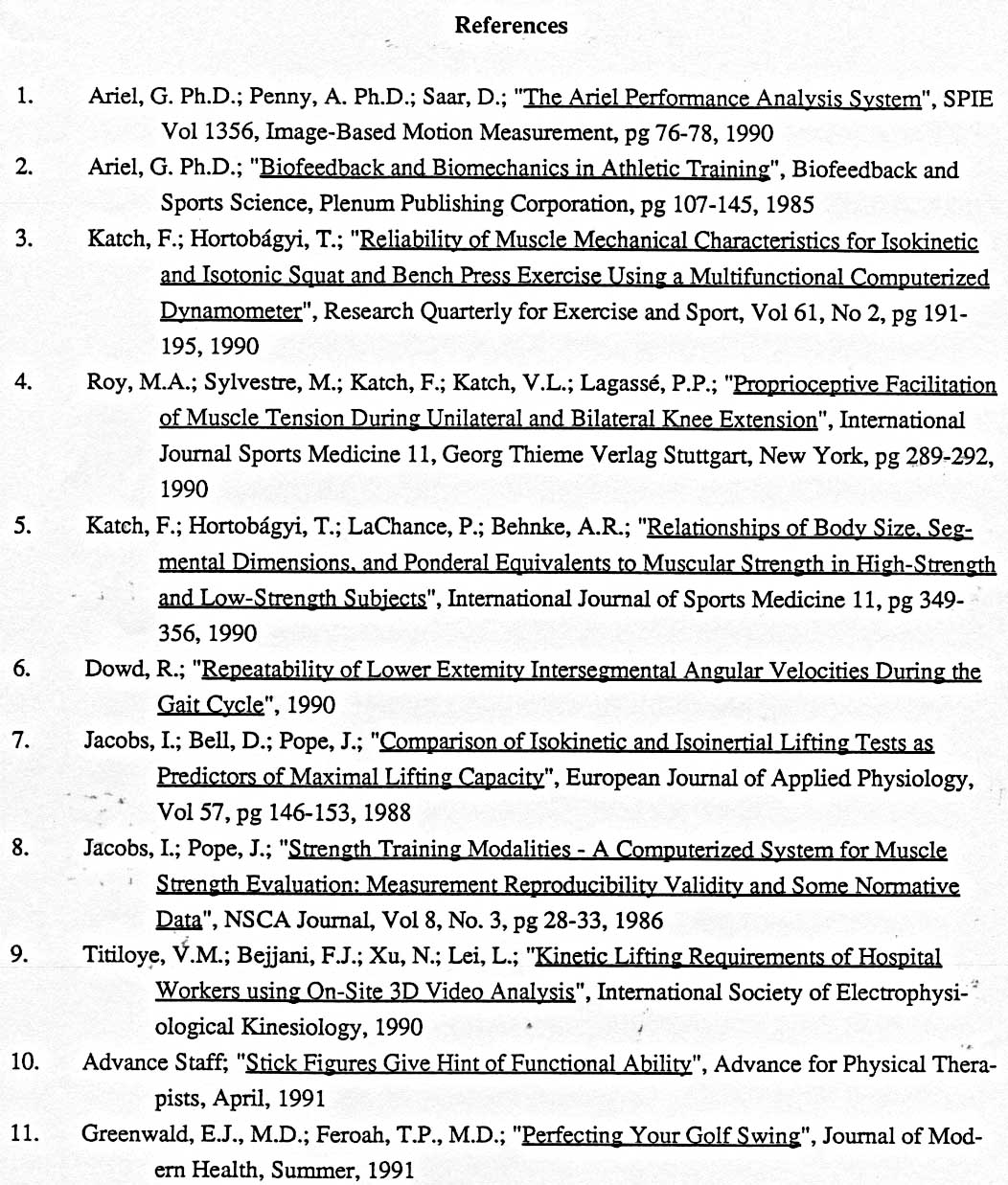Functional Capacity Assessment Applications
Functional Capacity Assessment Applications by Gideon B. Ariel, Ph.D.
By Gideon Ariel in American Academy of Disability Evaluating Physicians on Thursday, November 14, 1991
Functional Capacity Assessment Applications by Gideon B. Ariel, Ph.D.
This article discusses the importance of functional capacity assessment in light of recent legislation and social changes. The author introduces two technologies, the Ariel Performance Analysis System and the Ariel Computerized Exercise System, which are designed to provide accurate data for functional capacity assessment.
The Ariel Performance Analysis System is a computer-based system for measuring and analyzing movement. It models the human body as a series of moving "links" upon which various forces are applied. The system uses video recordings of a subject's performance to measure human motion, offering a non-invasive and portable method of data collection.
The Ariel Computerized Exercise System is the first device to employ computerized feedback control of both resistance and movement during exercise. It allows the machine to dynamically adapt to the activity being performed, rather than modifying the activity to conform to the machine's limitations.
The author emphasizes the importance of maintaining the same pattern of motion in training or rehabilitation as that required to perform the actual activity. He also discusses the potential for integrating these technologies to establish standards for a number of professions, and to quantify loss of ability to perform a specific job in cases of injury.
The article discusses the use of objective evidence in reducing litigation costs and improving compensation awards. It highlights the importance of functional capacity assessment as the first step in applying this technology. The Ariel Computerized Exercise System is mentioned as a tool that can provide individually tailored exercise and training programs to rehabilitate subjects through known performance levels. The article suggests that not all individuals would recover full pre-injury performance levels, but each person could advance to the fullest level allowed by their medical and physiological limitations. The article also discusses the potential of these technologies in reducing debilitating injuries in the workplace through proper fitness maintenance. It suggests that employer-sponsored training programs tailored to occupation-specific requirements could be encouraged, and employees participating in such programs could be offered economic incentives. The article concludes by suggesting that better screening of job applicants in high-risk professions could be accomplished through the integration of movement analysis and computerized testing.
Tip: use the left and right arrow keys
Functional Capacity Assessment Applications
By
Gideon B. Ariel, Ph.D.
Fifth Annual Scientific Sessions & Symposium
American Academy of Disability Evaluating Physicians
Ritz Canton Hotel
Kansas, City, MO
November 14-16, 1991
ABSTRACT
FUNCTIONAL CAPACITY ASSESSMENT APPLICATIONS by Gideon B. Ariel, Ph.D.
Recent legislation and social changes are focussing great attention on functional capacity assessment.
Two technologies, the Ariel Performance Analysis System, which measures and analyzes movement, and the Ariel Computerized Exercise System, which uses variable hydraulic resistive force for muscle testing and rehabilitation, are well-suited to give accurate data for functional capacity assessment.
Each can be used independently or they may be integrated to compare the analysis of movement with controllable resistive training.
Functional Capacity Assessment Applications
Because economic and social pressures are accelerating the adoption of Functional Capacity Assessments, it is important to investigate and validate the various methods and technologies before they are applied. Only by maintaining a clear view of the scientific basis for our methods and procedures can we ensure that we will continue to make wise choices in attaining the goal of optimal human performance.
THE ARIEL PERFORMANCE ANALYSIS SYSTEM
The Ariel Performance Analysis System is a computer-based system for the measurement and analysis of movement. Its special capabilities make it exceptionally useful for functional capacity assessment. The system models the human body as a series of moving "links" upon which muscular, gravitational, inertial, and reaction forces are applied. The physical and mathematical model for such a system, although complex, is well defined. In the past, the inability to accurately measure the motion parameters of the human body in three-dimensions and in real time outside of the restrictive and artificial environment of the laboratory, has limited the usefulness of movement analysis systems in functional
capacity assessment.
The Ariel Performance Analysis System provides a means of measuring human motion based on the processing of video recordings of a subject's performance. This technique demonstrates significant advantages over other approaches to the measurement of functional capacity. First, it is non-invasive. No wires, sensors, or markers need be attached to the subject (though markers can be used with automatic digitizing). In fact, the subject need not be aware that data are being collected. Second, it is portable and does not require modification of the performing environment. Cameras can be taken to the location of the activity and positioned in any convenient manner, so as not to interfere with the subject. Activities in the workplace, home, hospital, clinic, or athletic field may be studied with equal ease.
A typical functional analysis assessment consists of four distinct phases - data collection, digitizing, computation, and presentation of results. Data collection is the only phase that is not computerized. In this phase, video recordings of an activity are made using two or more cameras. Only a few simple rules must then be followed during data collection:
the cameras must not move during the activity or between the recording of the activity and the recording of the calibration points;
the activity must be clearly seen throughout its duration from at least two camera views;
the location of at least six fixed noncoplanar points visible from each camera view
(calibration points) must be known. These points need not be present during the activity
as long as they can be seen before or after the activity;
- some event or time signal must be recorded simultaneously by all cameras during the activity in order to provide synchronization.
1
These rules for data collection allow great flexibility in the recording of an activity. The camera location, camera orientation, distance from camera to subject, and focal length of the lens need not be known. The image space is "self-calibrating" through the use of calibration points that do not need to be present during the activity. The camera viewing axes may vary but should not be less than 30�.
Digitizing is the second phase of analysis. In this phase the video recording from each camera is displayed, one frame at a time, on a digitizing screen. Using a video cursor, the position of each of the subject's body joints (e.g. ankle, knee, hip, shoulder, elbow) is located and entered into the computer. In addition, a fixed point, which is a point in the field of view that does not move, is digitized for each frame as an absolute reference. This allows for the simple correction of any registration or vibration errors introduced during recording or playback.
After digitization, the computation phase of analysis is performed to compute the true threedimensional image space coordinates of the subject's body joints from the two-dimensional digitized coordinates of each camera's view. Computation is performed using a direct linear transformation. This transformation is determined by first relating the known image space locations of the calibration points to the digitized coordinate locations of those points. The transformation is then applied to the digitized body joint locations to yield true image space locations.
When transformation is complete, a smoothing or filtering procedure is performed on the image coordinates to remove small, random digitizing errors and to compute body joint velocities and accelerations. Smoothing maybe performed automatically by the computer or interactively with the user controlling the amount of smoothing applied to each joint. At the completion of smoothing, the true three-dimensional body joint displacements, velocities, and accelerations have been computed on a continuous basis throughout the duration of the sequence.
At this point, optional kinetic calculations may be performed to complete the computation phase.. Body joint displacements, velocities and accelerations are combined with body segment mass distribution to compute dynamic forces andmoments at each of the body joints. Muscular contribution to these forces and moments can then be computed by selectively removing the inertial and gravitational kinetic components.
The presentation phase of analysis allows computed results to be viewed and recorded in a number of different formats. Body position and body motion can be presented in both still frame and animated "stick figure" format in three dimensions. Multiple stick figures may be displayed simultaneously for comparison purposes. Figure 1 illustrates atypical stick figure image. Joint velocity and acceleration vectors may be added to the stick figure to show the magnitude and direction of body
motion parameters. Black and white or color hard copies of these displays can also be produced for reporting and publication.
Results can also be reported graphically. Plots of body joints and segments, linear and angular displacements, velocities, accelerations, forces and moments can be produced in a number of format options. An interactive graphically-oriented user interface makes the selection and plotting of such results simple and straightforward. In addition, results may also be reported in numerical form. All quantities that can be selected for graphing may also be printed in tables of body motion parameters. (1), (10)
The Ariel Performance Analysis System has been applied for some time in such areas as injury assessment, gait analysis and athletic performance. (8), (9), (11) A good example is the recent analysis of the world record holder, Sergio Bubka, winning the pole vault in the 1991 World Track & Field Championship Meet in Tokyo, which illustrates that he cleared the bar by approximately 37 cm (which would have been a new world record). Figures 2 and 3.
Application of Performance Analysis to Functional Capacity Assessment.
Two sample case studies can be utilized to illustrate the application of movement analysis to the assessment of capacity as measured by the ability to perform a certain activity. These studies closely parallel actual analyses performed using the Ariel System.
The first case involved a professional baseball pitcher recovering from an arm injury. Proper medical diagnosis and treatment were initiated at the time of the injury, following which the athlete began a program of physical therapy to rehabilitate his arm. Subsequently, the athlete and the team management
disagreed regarding the pitcher's fitness for competition. The athlete, concerned over his professional future and salary bargaining position, felt he was ready to pitch. The management, concerned with protecting their investment in this player, felt that it would be better to wait. A medical examination and strength tests performed with weights indicated that the arm was substantially improved. These tests, however, were insufficient for the determination of functional capacity.
Video pictures of the athlete performing a number of pitches were taken and analyzed in conjunction with a video of the same athlete pitching prior to the injury. With the use of the Ariel Performance Analysis System, the sequences were digitized, computations were performed, and results presented in graph format. Figure 4 provides a complete analysis of the pitching motion prior to injury. Figure 5 shows the angular acceleration patterns for the elbow joint during a pitch for both pre- and postinjury performance. As can be clearly seen, the acceleration pattern for the elbow shows a significant loss of function in the critical pre-impact interval for the post-injury data. This indicates that the athlete's neuromuscular response under the dynamic conditions of pitching had not returned to an adequate level,
3
although the strength and mobility tests using weights had shown nearly normal performance. Such results are not unusual since different physiological mechanisms are utilized in slow or static performances compared to rapid or dynamic performances. The results of analysis indicated that the athlete was not ready to play.
The second case study, albeit hypothetical, involves a longshoreman who has sustained a jobrelated injury. After medical treatment and prolonged rehabilitation, the worker and his physician contend that substantial permanent disability has resulted and that appropriate workman's compensation or disability pension be awarded. Physicians representing the employer have reviewed the case and suggest that the extent of disability may not be as severe as claimed. Costly litigation appeared imminent.
At the employer's request, the worker is asked to perform a number of sitting, standing, bending and light lifting maneuvers. This activity is recorded using two standard video cameras. The subject appears to have difficulty performing a number of these activities. A subsequent performance analysis is performed on these video sequences to investigate the consistency of the observed patterns of motion for repeated activities. Figure 6 shows the angular acceleration curves of the trunk segment for repetitions of a simple bending and straightening activity. Each of the curves shows instances of abrupt change in acceleration, allegedly resulting from pain or discomfort experienced by the subject as a result of injury. However, as can be clearly seen, the timing and shape of each of the two "pain" areas are different. In actual cases of injury or dysfunction, motion patterns representing neuromuscular activity are highlyconsistent. The magnitude of a given activity may change, but the pattern of acceleration is almost like a "signature" and should not change in a significant manner. The results of the performance analysis strongly indicate that the worker is exaggerating the extent of his disability. The employer can now seek a more reasonable settlement.
A recent development is the Ariel Dynamic Ergonomic Lift Task Analysis program. The DELTA program gives dynamic analysis of the lifting motion which can be compared to the NIOSH data base, and then automatically adds shear force data (the most probable cause of injury in lifting) as well, as lift balance data. Figures 7, 8 and 9. (1), (9)
THE ARIEL COMPUTERIZED EXERCISE SYSTEM
The preceding discussion has illustrated the use of movement analysis to assess functional capacity. However, functional capacity can also be measured directly by resistive testing devices.
The Ariel Computerized Exercise System is the first device to employ computerized feedback control of both resistance and movement during exercise. The Ariel Computerized Exercise System, for
the first time, allows the machine to dynamically adapt to the activity being performed rather than the traditional approach of modifying the activity to conform to the limitations of the machine. (2)
Case studies in applied biomechanics demonstrate the importance of considering the true patterns of motion in determining fitness. Of equal importance is the need to maintain the same pattern of motion in training or rehabilitation as that required to perform the actual activity. Prior to the introduction of the Ariel Computerized Exercise System, resistive training technology was unable to achieve this basic requirement.
The Ariel Computerized Exercise System consists of several training/rehabilitation units designed to accommodate varying types of body and limb movement. Each unit utilizes a passive hydraulic resistance mechanism operating in a feedback-controlled mode under the direction of the system's computer. (2)
There are a number of advantages in such a resistance mechanism over devices that employ weights, springs or active components such as motors or pumps. One significant advantage is safety. The passive hydraulic mechanism provides resistance only when the user pushes or pulls against it. The user may stop exercising at any time, such as during rehabilitation if pain or discomfort is experienced, and the exercise bar will remain motionless. With other equipment types providing active resistance, the bar will continue to push against the user and possibly cause injury. Another advantage is that of bidirectional exercise. The hydraulic mechanism can provide resistance with the bar moving in either direction, whereas weights and springs provide resistance in only one direction. Opposing muscle groups can be trained in a single exercise. Two additional problems associated with weight training, noise and inertia, are also eliminated. The hydraulic mechanism is virtually silent and full resistance is maintained at all speeds.
Another advantage of the Ariel Computerized Exercise System is that the pattern of resistance or the pattern of motion experienced by the user duringexercise is fully programmable.
Standard isokinetic or constant velocity training equipment has enjoyed wide acceptance, especially in the field of rehabilitation. These mechanisms typically utilize electric motors and velocitycontrolling circuitry, and in some new systems, a linear changing velocity. The user or practitioner selects a constant level of velocity for exercise and the mechanism maintains this velocity while measuring the force exerted by the subject. Devices of this type eliminate the inertia problems associated with weights, allow training at velocity levels that more closely approximate actual activities, and provide a means for recording and reporting performance. Although demonstrating significant advantages over weight-based systems, isokinetic systems, by design, contain a serious limitation. There
are virtually no human activities that are performed at either a constant velocity or a linear changing velocity. The very nature of movement requires continual acceleration and deceleration. When a person learns to walk, ride a bike, or even sign his name, he is "programming" a pattern of acceleration that may be repeated at different rates and with different levels of force, but always with the same pattern unique to that activity. To train, rehabilitate, or diagnose at a constant velocity or linear changing velocity is to distort the very nature of the activity being performed. (3), (4), (7), (8)
In addition to isokinetic devices, a spate of isometric testing devices have reached the market place, although it is obvious that using a static test (which ignores inertia and acceleration) to assess dynamic movement will introduce inaccuracies.
The Ariel Computerized Exercise System has been designed to consider every movement or exercise performed by a user to be a pattern of continuously varying velocity or resistance. This pattern may be set using direct measurement of subject motion by the system, it may be copied from the results of performance analysis, or the pattern may be "designed" or created by the user or practitioner as a goal of training or rehabilitation. Exercise patterns are stored in computer memory and can be recalled and used each time a subject trains. During exercise, the computer uses the pattern to adjust velocity or resistance as the subject moves through the full range of motion. In this manner, the motion parameters of almost any activity can be closely duplicated by the exercise system. (8)
Integration of Performance Analysis and Conmuterized Exercise in Functional Capacity Assessment
The value of applying the principles of biomechanics to the assessment of functional capacity has been clearly demonstrated. Movement analysis provides the means to quantify human activity and to provide insight into the mechanisms that contribute either to superior or inferior levels of performance. In addition, a technology has been presented that permits exercise and rehabilitation patterns to biomechanically duplicate the target activity as a measure of function capacity. What remains is the integration of these related technologies.
Our first case study related fitness to the ability to perform a certain activity - pitching. Pre- and post-injury performance analysis demonstrated that, although "traditional" rehabilitation was able to restore strength and mobility, the full dynamic pitching motion was not restored. With use of the Ariel Computerized Exercise System, the athlete's rehabilitation program could be measured and enhanced to include arm extension exercises that simulate the pitching motion. These exercises will control the pattern of velocity while allowing the subject to exert whatever level of force he is capable of producing. At first, force levels will be low, especially at high velocities. As rehabilitation progresses, force levels will rise while the same pattern of motion is maintained. When levels reach acceptable values, the player has demonstrated, through the performance of the exercise, that he is ready to compete.
Our second case study introduces an area of even greater potential application for integration of movement analysis and computerized resistance as force curves generated by the Computerized Exercise System on individual ranges of motion, which would be similar with a real injury (Figure 10) but would be difficult to feign if the injury was not severe (Figure 11).
Integrating movement analysis and computerized exercise systems, standards could be established for a number of common professions through population studies. Minimal requirements for basic motion patterns could be determined through the Ariel Performance Analysis System, and strength and endurance baselines could be established by the performance of similar patterns on the Ariel Computerized Exercise System. In cases of injury, analysis and exercise measurements could then be compared to these standards to quantify loss of ability to perform a specific job. Objective evidence of this type should contribute both to the reduction of litigation costs and to more equitable compensation awards.
Functional capacity assessment is only the first step in the application of this technology. Specific performance parameter measurements for various occupations, coupled with actual performance analysis of individual disability, will allow better rehabilitation programs to be established. The Ariel Computerized Exercise System can provide individually tailored exercise and training programs, to rehabilitate subjects through a series of known performance levels. At the attainment of each level, the individual would be qualified for additional occupational activity. Not all individuals would recover full pre-injury performance levels, but each person could advance to the fullest level allowed by medical and physiological limitations.
In addition, the two technologies could be applied to the reduction of debilitating injuries in the workplace through proper fitness maintenance. Periodic performance assessments could indicate potential risks when patterns of motion or levels of strength and mobility change. Employer-sponsored training programs tailored to occupation-specific requirements could be encouraged. Employees participating in such programs could be offered economic incentives based on the reduction in insurance costs and compensation claims. Better screening of job applicants in high-risk professions could be accomplished through integration of movement analysis and computerized testing.
i
VIEWING MODULE C.B.A. Inc.
IIIIIII11////1/11
OD Y
n
VIEWING MODULE C.B.A. Inc.
Y
CBA Graphing module
i
1
o - Bar Height
v Center of Gravity
CD
Bubka World Championship Jump - 5.95 M
0.0
.5
1.0
1.5
2.0 Sec
In/S
600 -
500
= VEL X
400 v VEL X
O VEL X
o = VEL X
0 = VEL X
300
200 -
100
CBA Graphing module
R.SHOULDER R.HAND R.WRIST R.ELBOW L.SHOULDER
120 1407 Fr#
I CBA Graphing module
In/S
Before
120
Comparison of Elbow velocity before and after injury
100
80 -
N
U'
CBA Graphing module
w
I
0 25 50 75 100
ELBOW 99 9
SHOULDER 99 9
L5/ 1 X97 9
HIP
KNEE
ANKLE
92.4
99 7
96 7
F rare : I
Shear Force (N)
204 408 612
575.26
MPL
Joint Moment 7 Capable
Subject Number: 707-83-2910:01
100.0 97.9 95.8 93.7
91.6
89.5 87.4
IV v v T %
L
I
..............................
I I l J l I I I l
100.0
98.8
r 97.6
96.4
-' 95.3
94.1
92.9 0
............................................................................................................. _
� I � � � " � : � � : � �
Time (sec)
1.
2.
3.
4.
5.
6.
7.
8.
9.
10.
11.
References
Ariel, G. Ph.D.; Penny, A. Ph.D.; Saar, D.; "The Ariel Performance Analysis System", SPIE Vol 1356, Image-Based Motion Measurement, pg 76-78, 1990
Ariel, G. Ph.D.; "Biofeedback and Biomechanics in Athletic Training", Biofeedback and Sports Science, Plenum Publishing Corporation, pg 107-145, 1985
Katch, F.; Hortobagyi, T.; "Reliability of Muscle Mechanical Characteristics for Isokinetic .and Isotonic Sauat and Bench Press Exercise Usine a Multifunctional Computerized Dynamometer", Research Quarterly for Exercise and Sport, Vol 61, No 2, pg 191195,1990
Roy, M.A.; Sylvestre, M.; Katch, F.; Katch, V.L.; Lagasse, P.P.; "Proprioceptive Facilitation of Muscle Tension During Unilateral and Bilateral Knee Extension", International Journal Sports Medicine 11, Georg Thieme Verlag Stuttgart, New York, pg 289-292, 1990
Katch, F.; Hortobagyi, T.; LaChance, P.; Behnke, A.R.; "Relationships of Bodv Size. Segmental Dimensions, and Ponderal Eauivalents to Muscular Strength in High-Strength, and Low-Strength Subiects", International Journal of Sports Medicine 11, pg 349356,1990
Dowd, R.; "Repeatability of Lower Extemitv Intersegmental Angular Velocities During the Gait Cycle", 1990
Jacobs, I.; Bell, D.; Pope, J.; "Comparison of Isokinetic and Isoinertial Lifting Tests as Predictors of Maximal Lifting Capacity", European Journal of Applied Physiology, Vol 57, pg 146-153, 1988
Jacobs, I.; Pope, J.; "Strength Training Modalities - A Computerized System for Muscle Strength Evaluation: Measurement Reproducibility Validity and Some Normative D_=", NSCA Journal, Vol 8, No. 3, pg 28-33,1986
Titiloye, V.M.; Bejjani, F.J.; Xu, N.; Lei, L.; "Kinetic Lifting Requirements of Hospital Workers using On-Site 3D Video Analysis", International Society of Electrophysi-ological Kinesiology, 1990
Advance Staff; "Stick Figures Give Hint of Functional Ability", Advance for Physical Therapists, April, 1991
Greenwald, E.J., M.D.; Feroah, T.P., M.D.; "Perfecting Your Golf Swing", Journal of Modern Health, Summer, 1991

